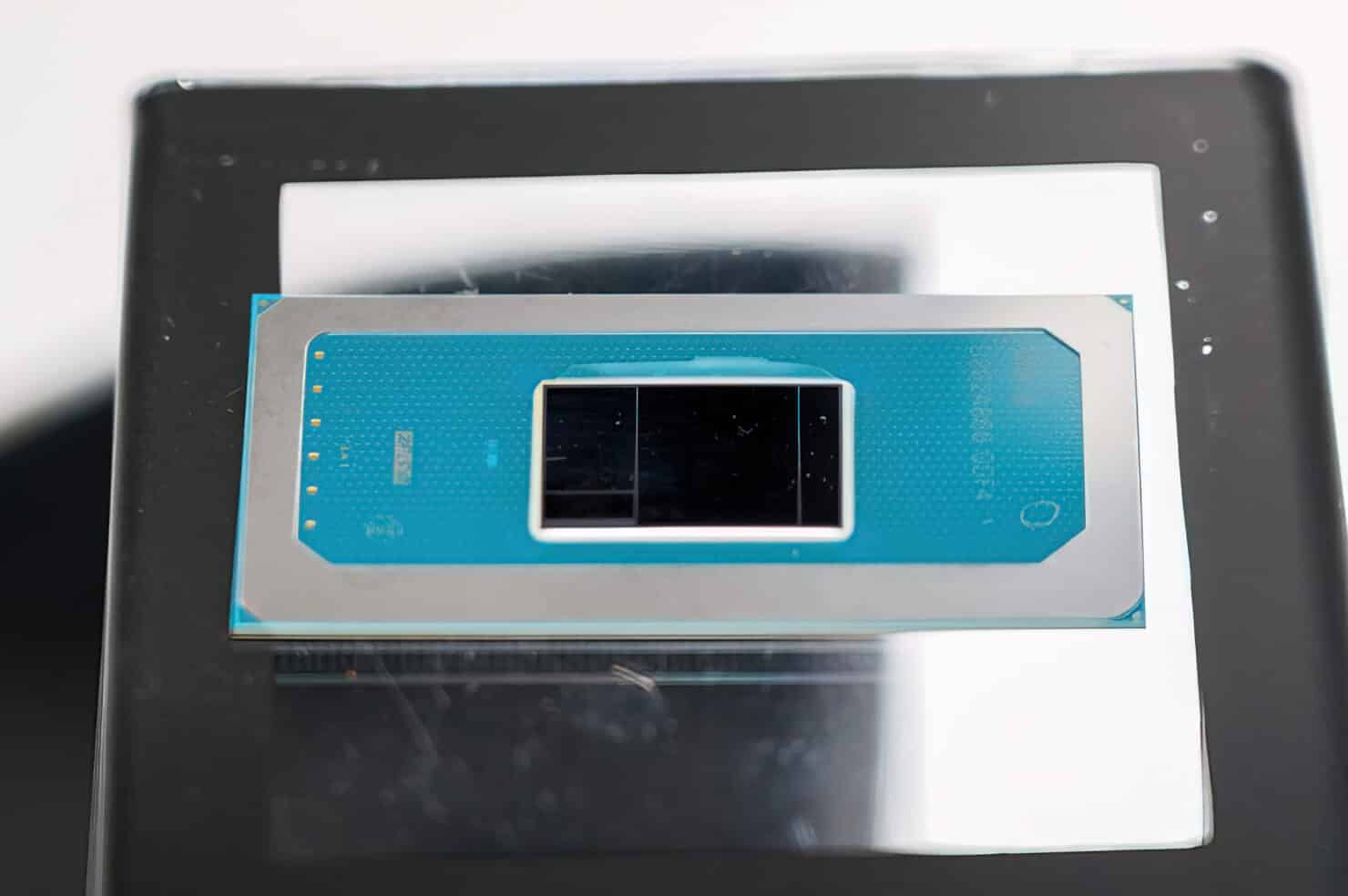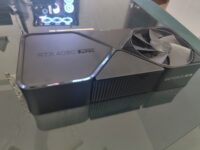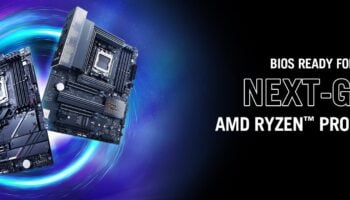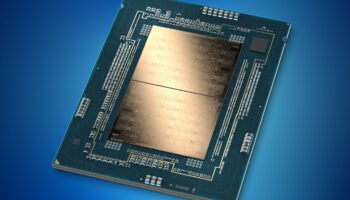AMD’s “Zen 4” Ryzen 7000 unveil has garnered a very lukewarm reception from enthusiasts. After all, a single-threaded performance gain of 15% is rather paltry compared to the 19% IPC boost offered by Zen 3 roughly two years back. Without going into AMD’s next-gen processors let’s have a look at rival Intel’s CPU roadmap for the next two years.
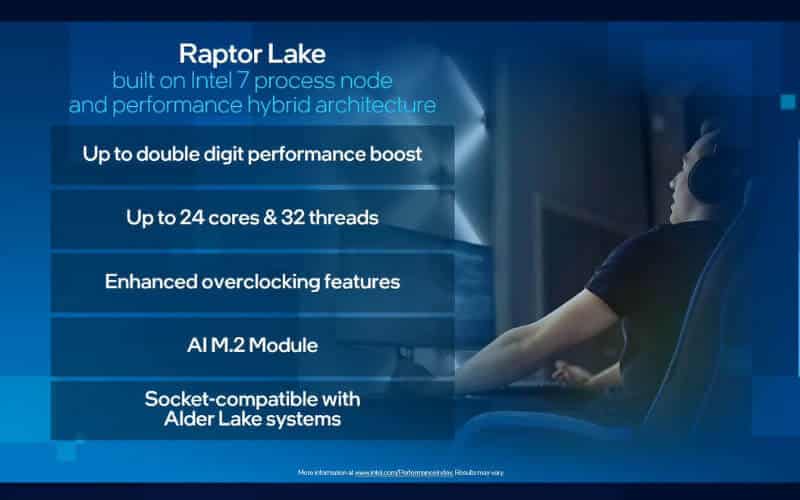
First up, we have the 13th Gen Raptor Lake-S lineup later this year, an Alder Lake refresh of sorts. The Raptor Cove performance cores will feature an improved memory subsystem with minimal changes to the backend. The Gracemont (efficiency) core count will be doubled to 16, bringing the overall count to 24. The L3 cache will also be scaled up across the board. Intel will be focusing on the desktop platform here with enhanced overclocking, high core counts, and multi-threaded performance.
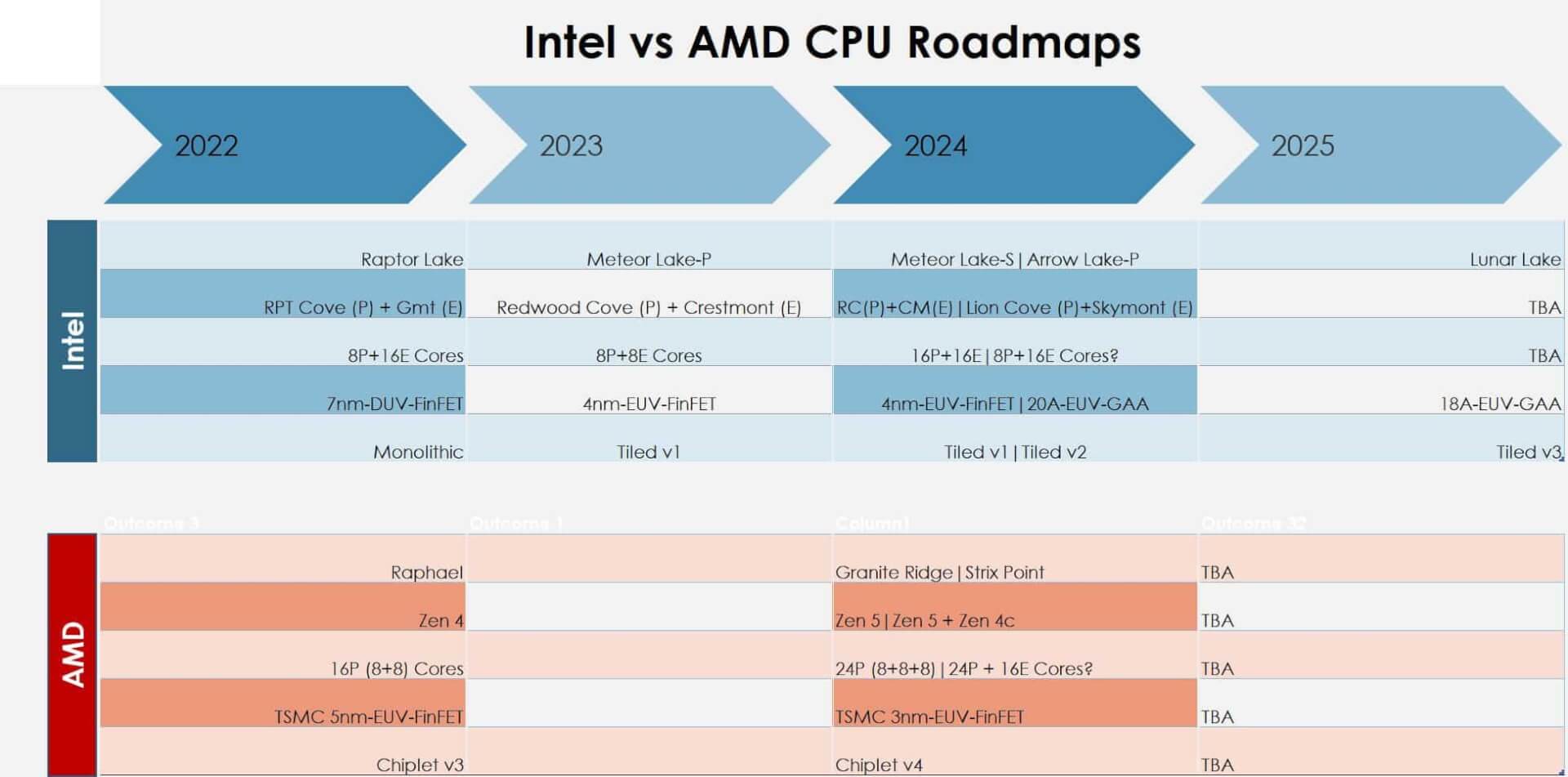
Raptor Lake will be followed by the 14th Gen Meteor Lake-P processors sometime in 2024 (probably the second half). A combination of new core architectures (Redwood Cove and Crestmont) and the 4nm process should deliver hefty performance and efficiency gains. It’ll also be Intel’s first modular design with four dies, including an iGPU tile fabbed on TSMC’s 3nm process. While Raptor Lake will battle it out with the Ryzen 7000 desktop parts, Meteor Lake-P will target Dragon Range and Phoenix.
Unlike the mobile offerings, the Meteor Lake desktop lineup will land in the first half of 2024 with Arrow Lake following shortly behind the same year. Meteor Lake-S will double down on performance with improvements to both its single and multi-threaded capabilities. Expect core counts of up to 32 on the desktop side courtesy of the modular design and a leading-edge process node.
When it comes to Arrow Lake, things get murky. According to multiple sources, Arrow Lake-S will launch the same year as Meteor Lake with an even finer 20A (2nm) process node and improved core architectures. Whether Intel actually manages to release two completely new architectures (and nodes) within the same year remains to be seen. Either way, it’ll put Intel back on par with TSMC in terms of process technology if not ahead. Arrow Lake will be succeeded by the 18A Lunar Lake family sometime in the latter half of 2025. Other than the process node, not much is known about these chips.
